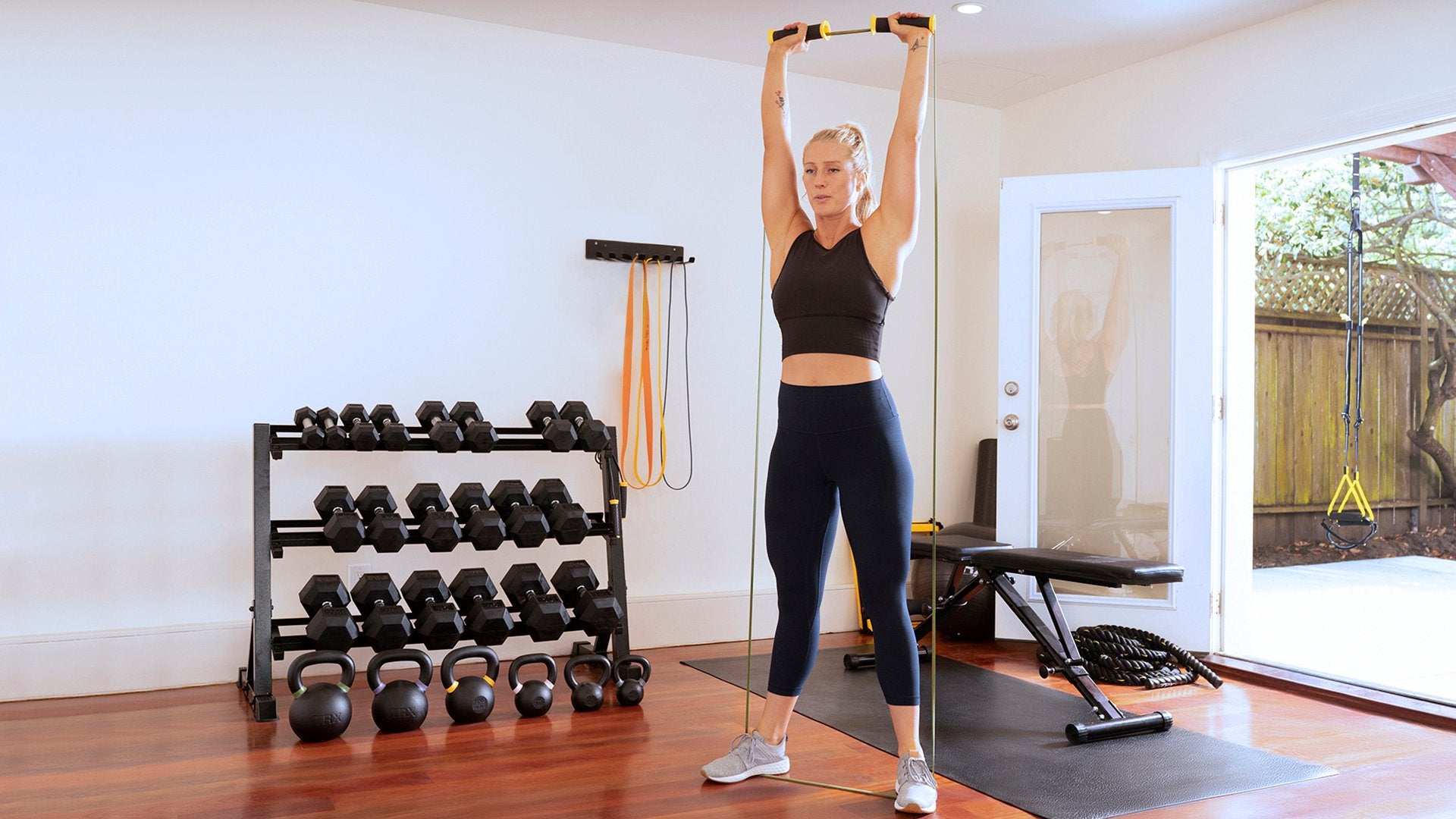Golf has become a game of high technology equipment. One often overlooked key piece of equipment is the golfer’s body. Is it stable and strong where it needs to be? Is it mobile and flexible where it has to be?
A golfer will always perform better and reduce the risk of injury when properly conditioned. How effecient is your golf training workout?
The drive is one of the most intricate skills in all of sports. A powerful swing places a lot of force on the knees, hips, back, shoulders, elbows and wrists. The lower back is often the site of acute and chronic pain for recreational golfers and can be a career ender for professional tour players. One way to both improve performance and reduce the risk of injury is "core" training. Looking to enhance your golf game while protecting your back? Take our quick assessment quiz to get a personalized core training program designed specifically for golfers at your skill and fitness level. The easiest way to think of your core is your body minus your arms and legs. From your hips to your shoulders, that's your core, your power center and your key to performance and longevity.
TAKE OUR TRAINING QUIZ
Golf is obviously a game that depends on rotation of the body to deliver power from the ground through the core to the club and finally the ball. Most golfers find it surprising that the lower back, or lumbar spine, is not designed for a lot of rotation. However, you continue to see golf exercises that target flexibility and range of motion in the lower spine. The more effective training strategy is to build stability in the lower spine while working to optimize mobility and power in the hips and upper, or thoracic, spine.
Low back pain and injury are often a result of movement restrictions in the upper spine and hips. Once movement is limited in these regions, the lower spine is forced to produce rotation in the golf swing. The result is at best reduced distance, accuracy and consistency in shots and at worst, injury. A more effective approach is to train stability in the lumbar spine and mobility in the hips and upper spine.
Core strength for golf can be effectively trained from a standing position with exercises that promote lower back stability with hip and upper back mobility. Suspension training is uniquely suited to deliver these qualities. Movements such as the TRX Golf Rotation exploits reflexive core engagement for lower spine stability allowing proper hip and upper spine movements required for golf. The TRX Balance Lunge and the TRX Lunge both integrate single leg balance and stability with core engagement. The TRX Plank and TRX Side Plank variations train core stability and body alignment.
The TRX has become an essential exercise tool for the cutting edge golf performance and injury prevention for coaches, trainers and athletes at all levels. The benefits in flexibility, strength and power are seen almost immediately. Core conditioning is vital for golf, and suspension training is vital for fast and effective core performance.
As the TRX Head of Human Performance, Chris Frankel draws from over 25 years of experience as a strength and conditioning coach. He earned his doctorate in Exercise Science from the University of New Mexico. Before TRX, Chris was an instructor in the Department of Health, Exercise and Sport Sciences at the University of New Mexico.



